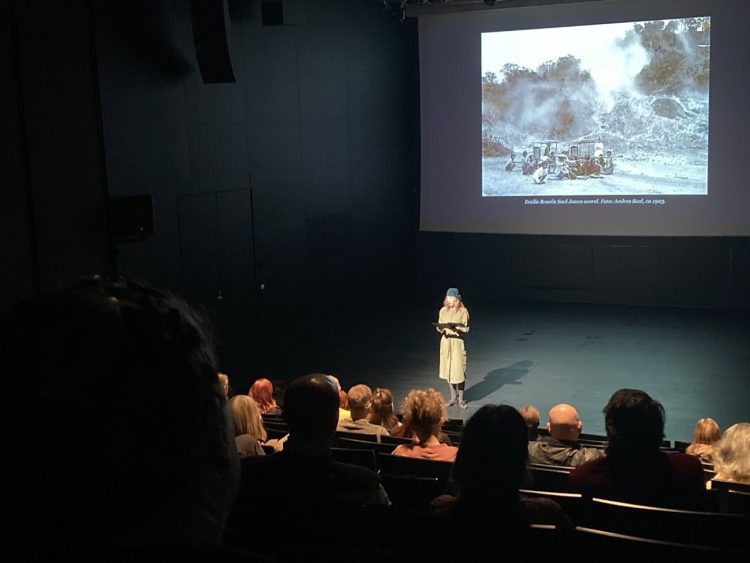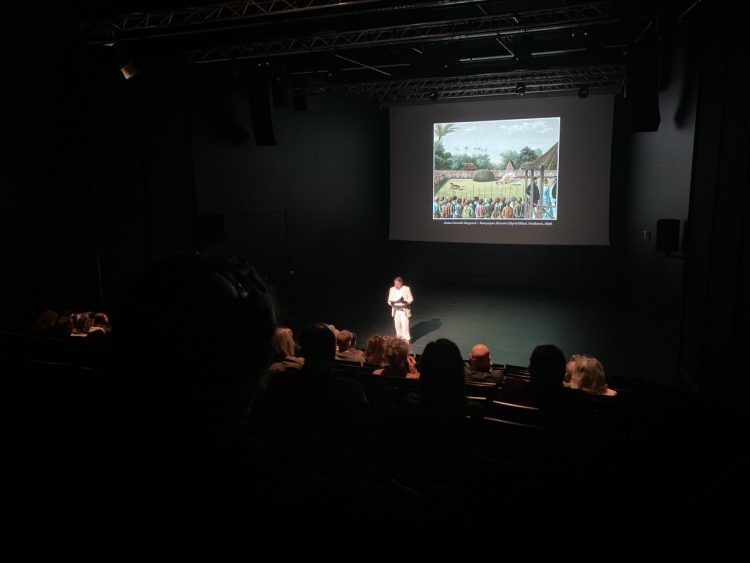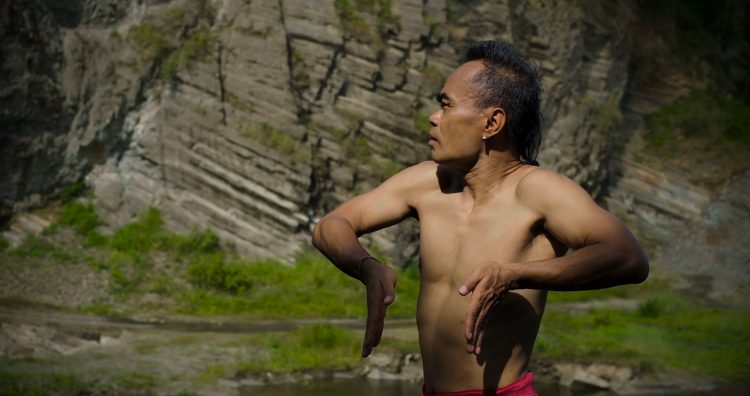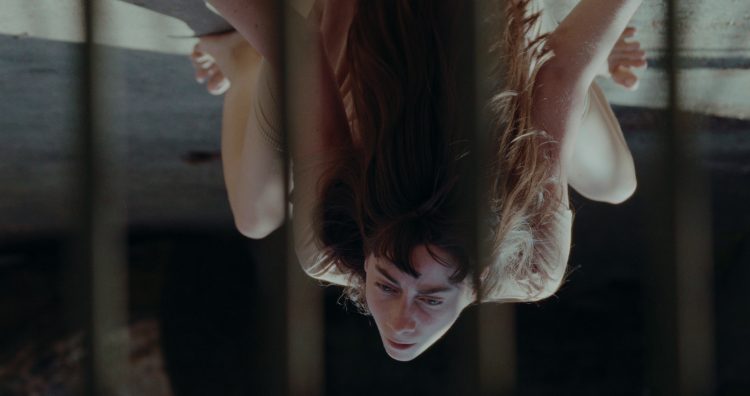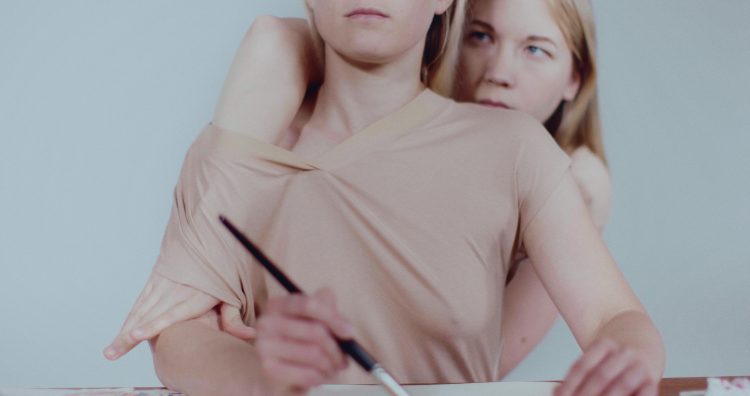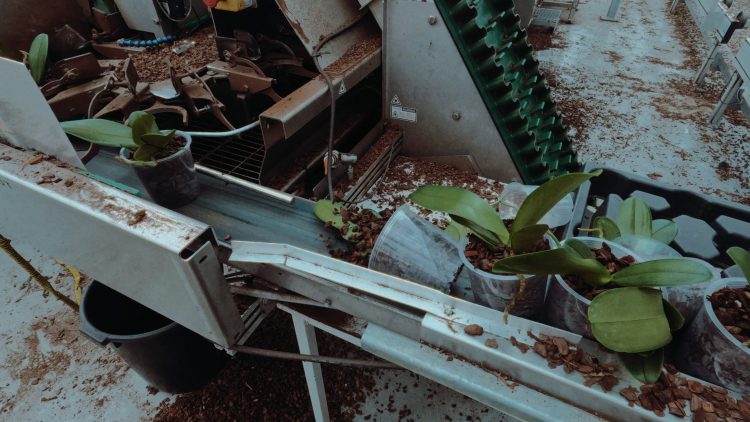Orchidelirium Expanded. Norman & Supriyanto
*
A screening of Orchidelirium films (Anggrek by Eko Supriyanto, Rip-Off, Shelter, Thirst by Kristina Norman) expanded to performance, co-authored with Eko Supriyanto.
Single-channel video projection with sound (dcp, 5.1), live performance, discussion.
*
Live performers: Kristina Norman, Jaanis Valk, pre-recorded voice: Putri Novalita.
Poetry by Eko Supriyanto, Estonian translation by Maarja Kangro.
Excerpts from texts by Andres and Emilie Saal.
*
Supriyanto’s film produced by
Ekos Dance Co. and Sadiahcurates.
Norman’s trilogy produced by
Rühm Pluss Null
in collaboration with CCA Estonia.
*
A cinema screening of Kristina Norman’s Orchidelirium trilogy films Shelter, Rip-Off, Thirst and Eko Supriyanto’s Anggrek expanded to performance that includes reading of short pieces of literature, archival documents and poetry. Each screening to be followed by a short discussion with a new invited expert to consider an aspect of choice concerning the research into the entwined legacy of colonialism in Estonia and Indonesia. The screening-performance is an adaptation of Norman’s and Supriyanto’s contribution to the Estonian Pavilion at 59th Venice Biennial (2022) Orchidelirium. An Appetite For Abundance, a show with co-artist Bita Razavi and curated by Corina L. Apostol.
*
The Orchidelirium films propose multiple ways to reflect on the legacies of colonialism. Investigating forgotten connections between Eastern Europe and the global south, the cinematic work refers to the post-Socialist countries’ often uncomfortable rediscovery of their colonial history and offers an Indonesian perspective to the environmental and cultural effects of these historical contacts. The films depart from research on an Estonian couple of humble origins Emilie and Andres Saal who end up as members of the colonial administration and elite in the Dutch colony in Indonesia in the late nineteenth century when Estonian territories and people were subject to the Russian imperial power. As many upper-class Europeans at the time, the Saals went along the trending orchid fascination and accommodated a collection of rare orchids in their Javanese villa. In Indonesia Emilie Saal became a prolific botanical painter, continuing the tradition of exoticization of indigenous plants and feeding into the European commercial ambitions.
Norman’s trilogy addresses Estonia’s past, referring to experiences of serfdom within the Russian Empire combining the perspective of class inequality with that of exotic orchids as botanical symbols of privilege of German speaking landlords in Estonia. Her films stretch to the present-day’s ongoing exploitation of plants. Once displaced from Indonesian forests, the phalaenopsis orchids are now grown in vast amounts in nurseries in the Netherlands. Today, peat is extracted in unprecedented amounts from bogs in Estonia. The peat then serves as a substrate for the flowers. Eko Supriyanto’s film Anggrek (Orchid) is shot on location in Central Java, in a rock quarry where mining exploitation still happens. The film contrasts the fragility and struggle of nature against anthropogenic exploitation featuring strong, resilient gestures by Supriyanto and dancer Putri Novalita.
